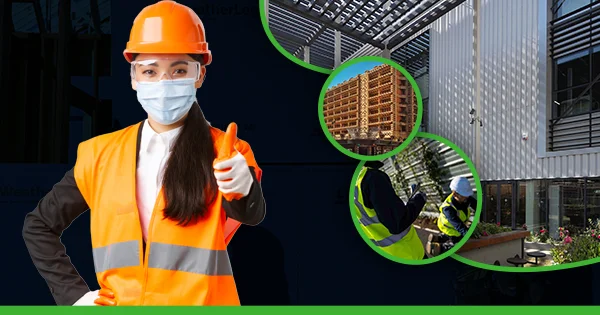The COVID-19 pandemic has brought to light the critical importance of maintaining clean and sanitised high-touch surfaces in hotels. Guests expect a clean and safe environment when they stay in hotels, and the sanitisation of high-touch surfaces plays a crucial role in meeting these expectations. By regularly sanitising these surfaces, hotels can prevent the spread of germs and bacteria, ensuring the health and well-being of their guests.
Understanding the Science of Germs and Bacteria
Germs and bacteria are microscopic organisms that are invisible to the naked eye. They can survive on surfaces for hours or even days, depending on the conditions. These microorganisms can cause illnesses such as the common cold, flu, and even more severe diseases like COVID-19. Understanding the science behind germs and bacteria is essential in comprehending the importance of sanitising high-touch surfaces in hotels.
How Germs Spread on High-Touch Surfaces in Hotels?
High-touch surfaces in hotels, such as doorknobs, light switches, and remote controls, can easily harbour germs and bacteria. When guests touch these surfaces, they can transfer germs to their hands. From there, germs can be spread to other surfaces or people through touch or airborne transmission. This is why it is crucial to regularly sanitise these high-touch surfaces to prevent the spread of illnesses.
The Role of Sanitising in Preventing the Spread of Germs
Sanitising high-touch surfaces is an effective way to kill germs and bacteria, preventing the spread of illnesses and infections. By using appropriate sanitisers, hotels can ensure that these surfaces are free from harmful microorganisms. Regular sanitising not only protects guests but also helps maintain a clean and safe environment throughout the hotel.
Types of Sanitisers Used in Hotels
Hotels may use different types of sanitisers to clean and sanitise high-touch surfaces. Alcohol-based sanitisers are commonly used due to their effectiveness in killing germs. Hydrogen peroxide-based sanitisers are also effective and can be used on a variety of surfaces. Quaternary ammonium compounds are another type of sanitiser that is commonly used in the hotel industry. Each type of sanitiser has its advantages and disadvantages, and hotels must choose the most appropriate one for their specific needs.
The Science Behind the Effectiveness of Sanitisers
Sanitisers work by breaking down the cell walls of germs and bacteria, ultimately killing or deactivating them. The effectiveness of sanitisers depends on several factors, including the concentration of the sanitiser, contact time, and the type of surface being sanitised. Hotels need to understand the science behind the effectiveness of sanitisers to ensure that they are using them correctly and optimally.
Proper Techniques for Sanitising High-Touch Surfaces in Hotels
Proper techniques for sanitising high-touch surfaces include using the correct concentration of sanitiser, allowing sufficient contact time, and using the right equipment. Hotel staff must receive proper training on these techniques to ensure that they are effectively sanitising surfaces. Additionally, staff should also follow proper hand hygiene practices to prevent the spread of germs.
Common Mistakes to Avoid When Sanitising Surfaces
There are several common mistakes that hotels should avoid when sanitising surfaces. These mistakes can reduce the effectiveness of sanitising and increase the risk of germ transmission. Some common mistakes include using the wrong concentration of sanitiser, not allowing sufficient contact time for the sanitiser to work, and using dirty equipment. By being aware of these mistakes and taking steps to avoid them, hotels can ensure that their sanitisation efforts are effective.
The Future of Sanitising in the Hotel Industry
The COVID-19 pandemic has led to increased awareness of the importance of sanitising in the hotel industry. As a result, hotels may adopt new technologies and practices to enhance their sanitisation efforts. For example, UV-C light is effective in killing germs and bacteria and may be used to sanitise surfaces in hotels. Electrostatic sprayers are another technology that may be implemented to improve sanitisation processes. In the future, sanitising may become a more visible and important part of the guest experience, with hotels prioritising cleanliness and hygiene to provide a safe environment for their guests.
The Importance of Maintaining Clean and Sanitised High-Touch Surfaces in Hotels
In conclusion, maintaining clean and sanitised high-touch surfaces is of utmost importance in hotels. By understanding the science behind germs and bacteria, hotels can comprehend the need for regular sanitisation. The future of sanitising in the hotel industry may involve new technologies and increased awareness of the importance of maintaining clean and safe environments. By prioritising sanitisation, hotels can provide their guests with peace of mind and a comfortable stay.










